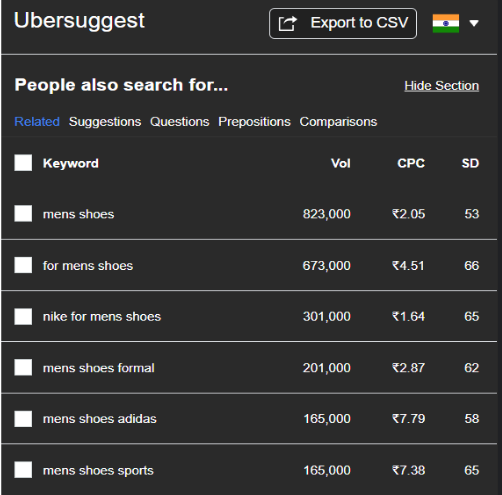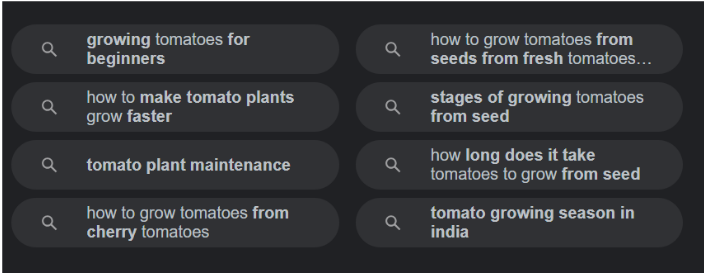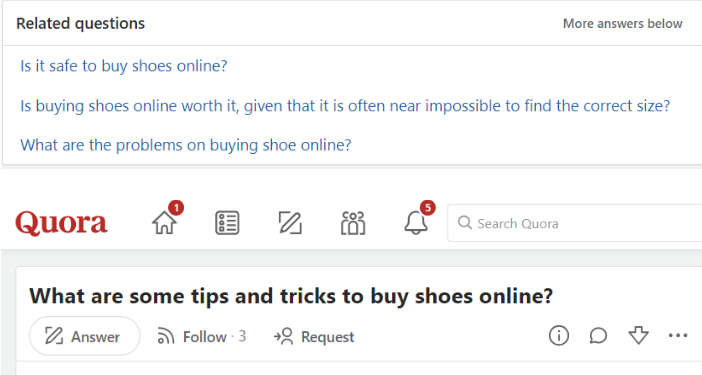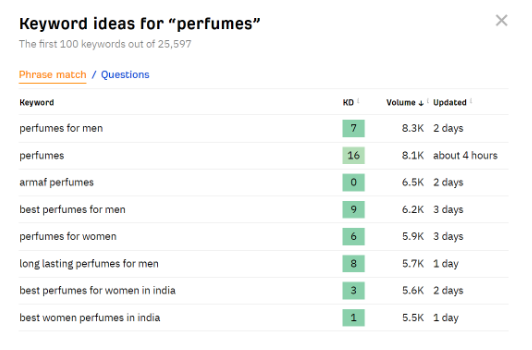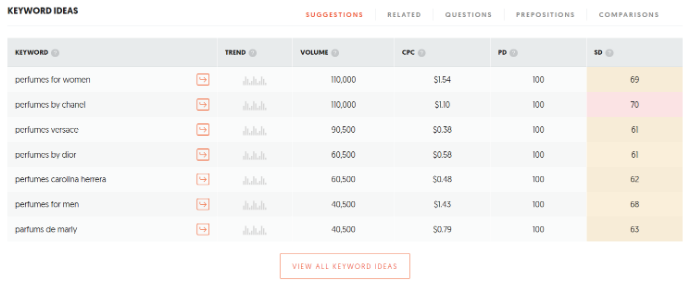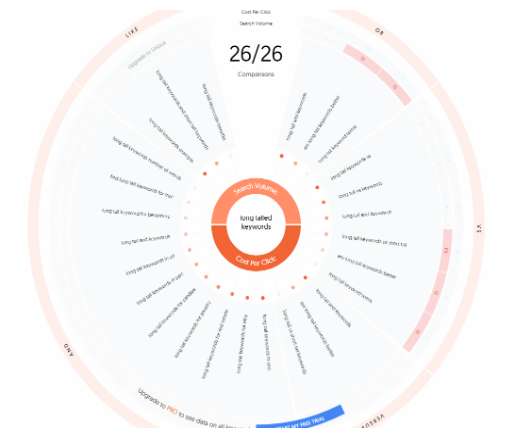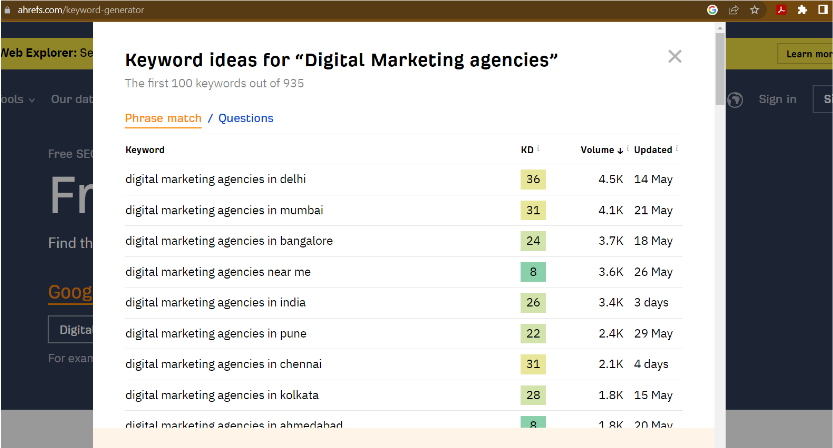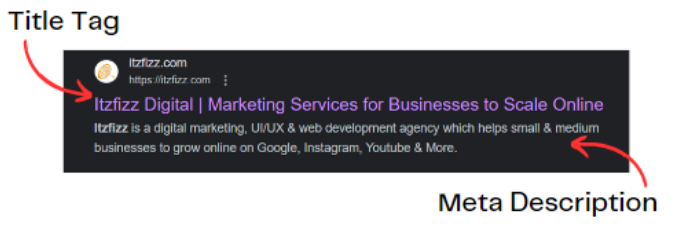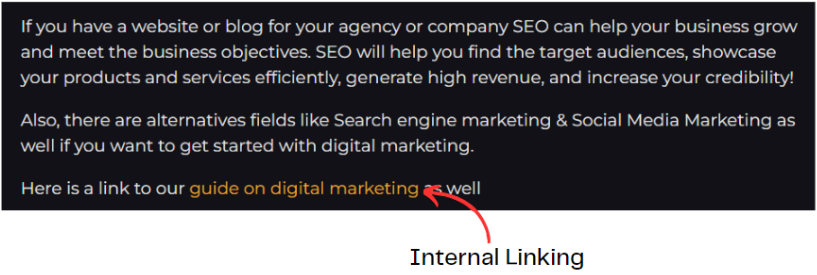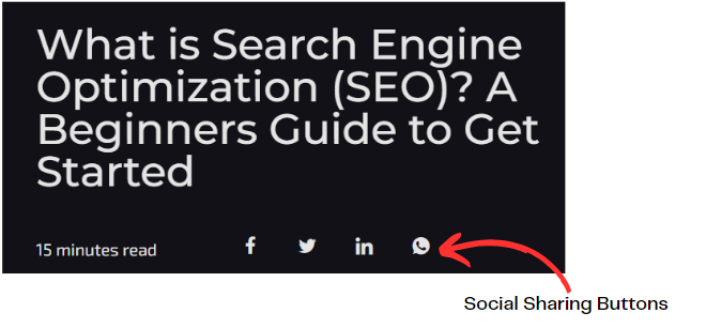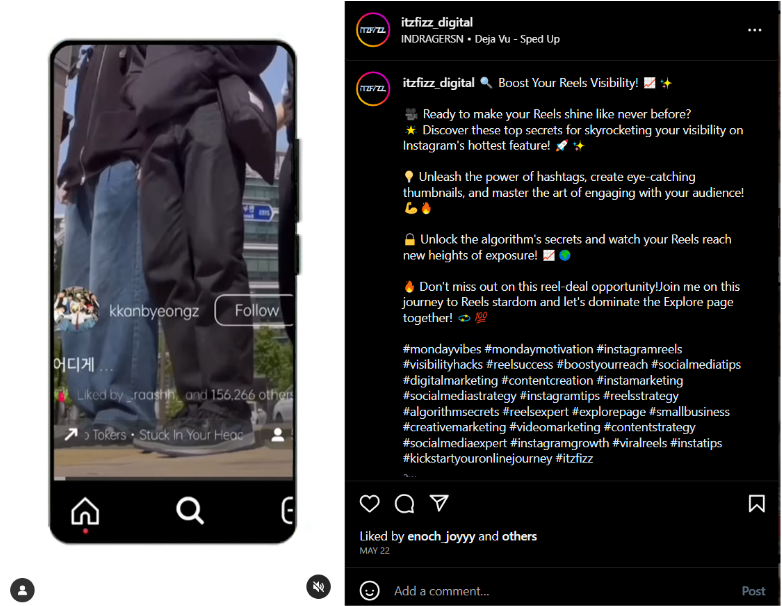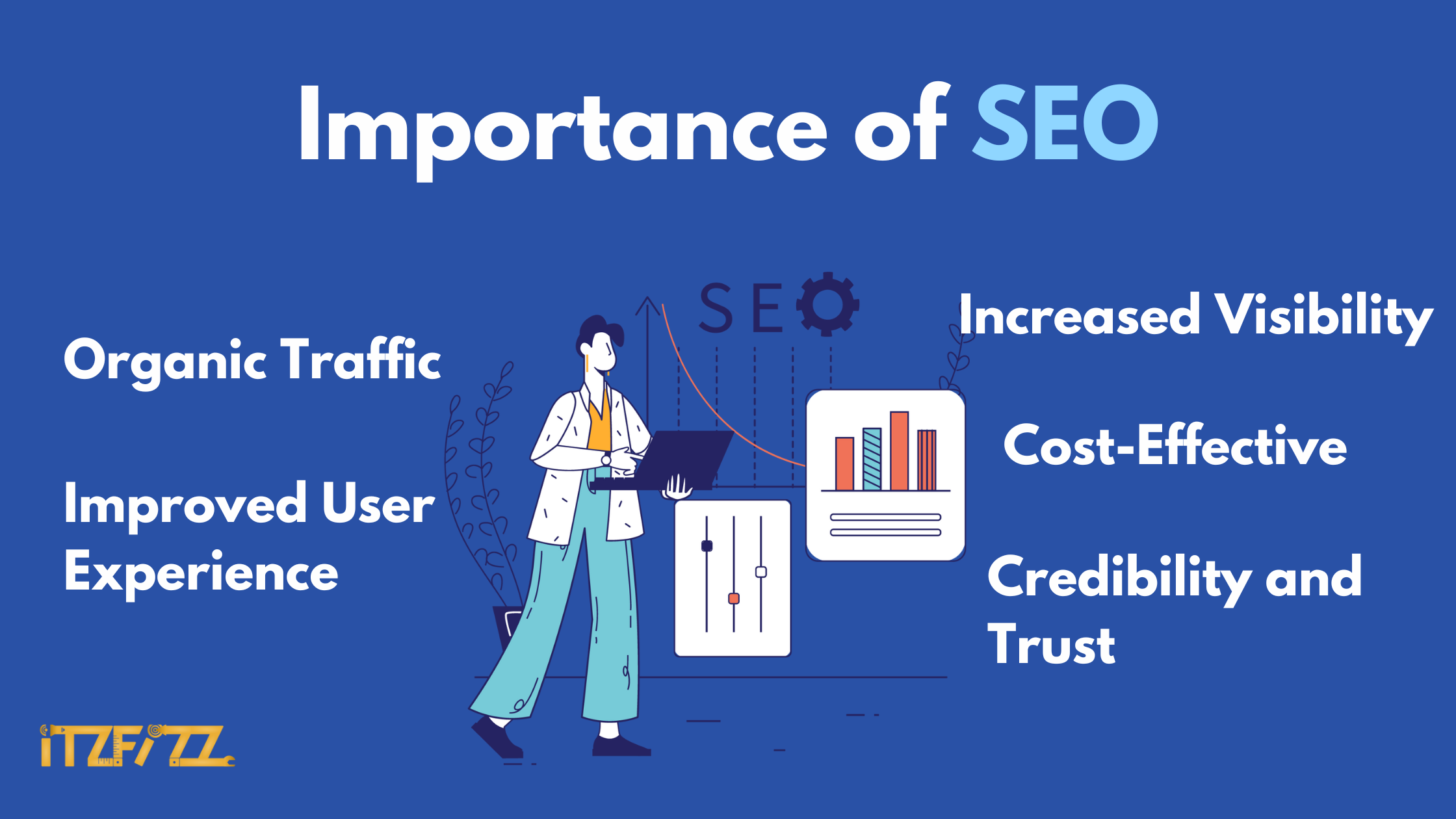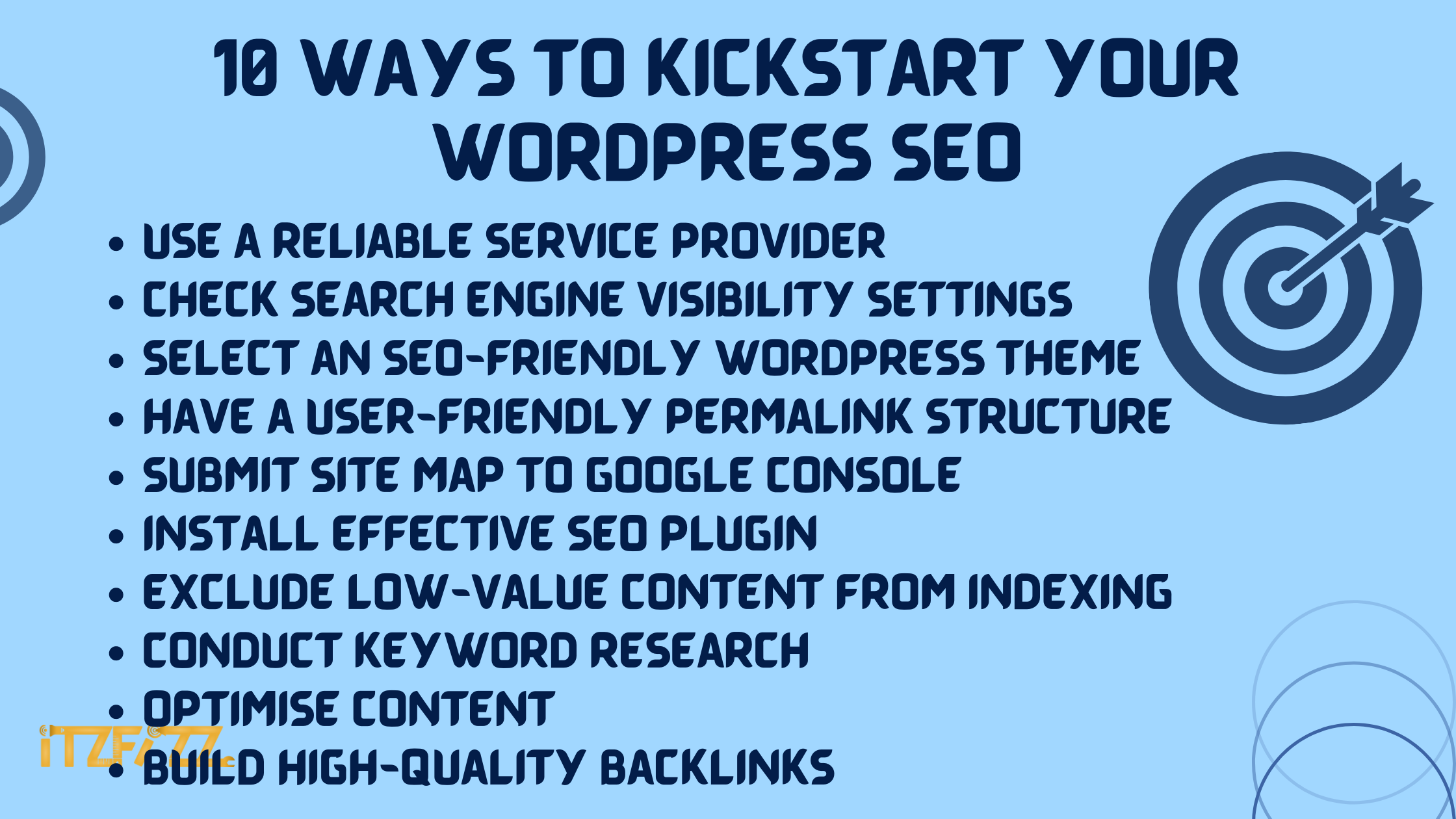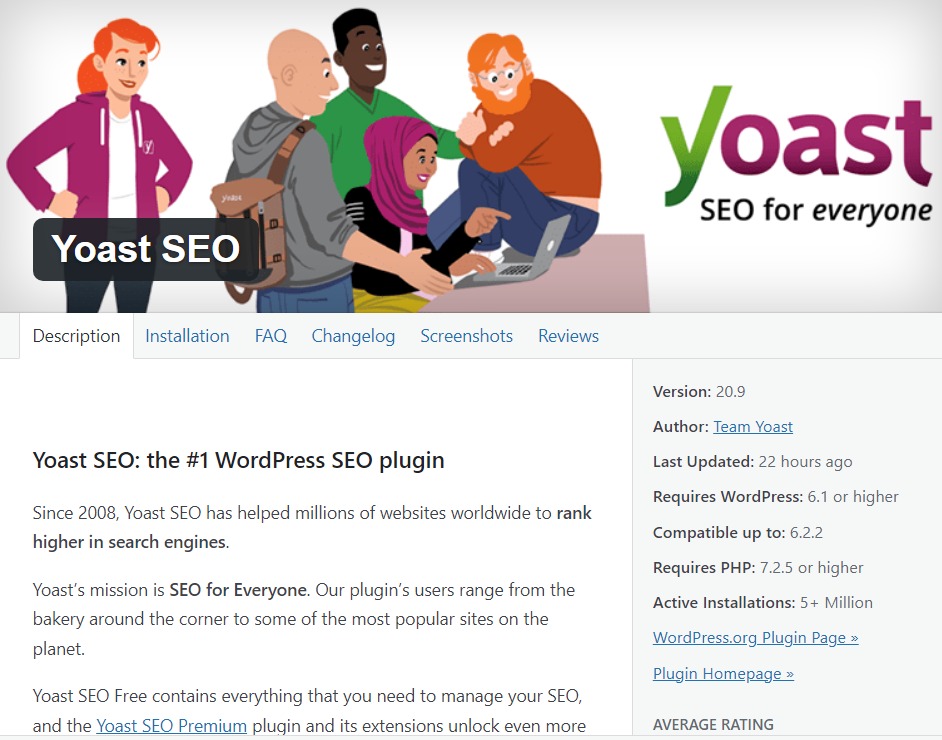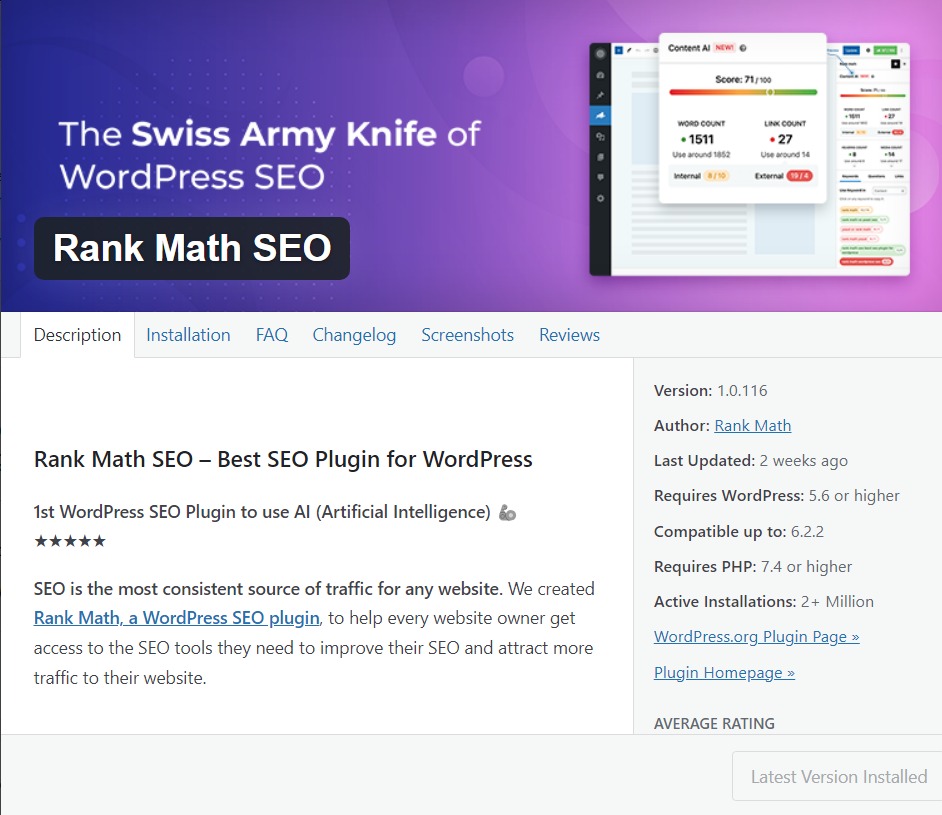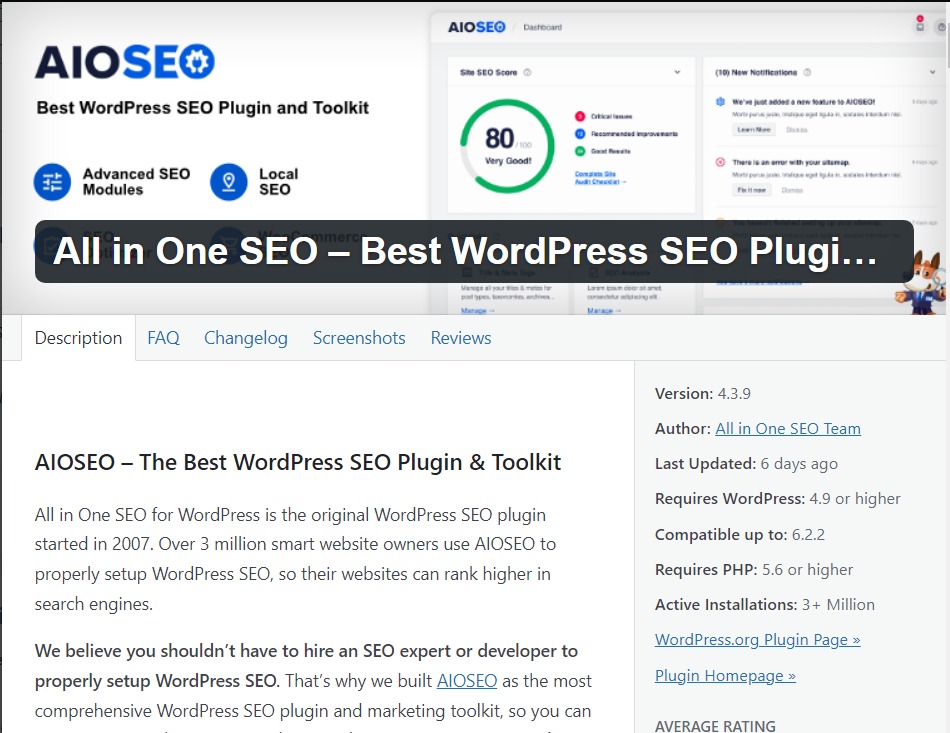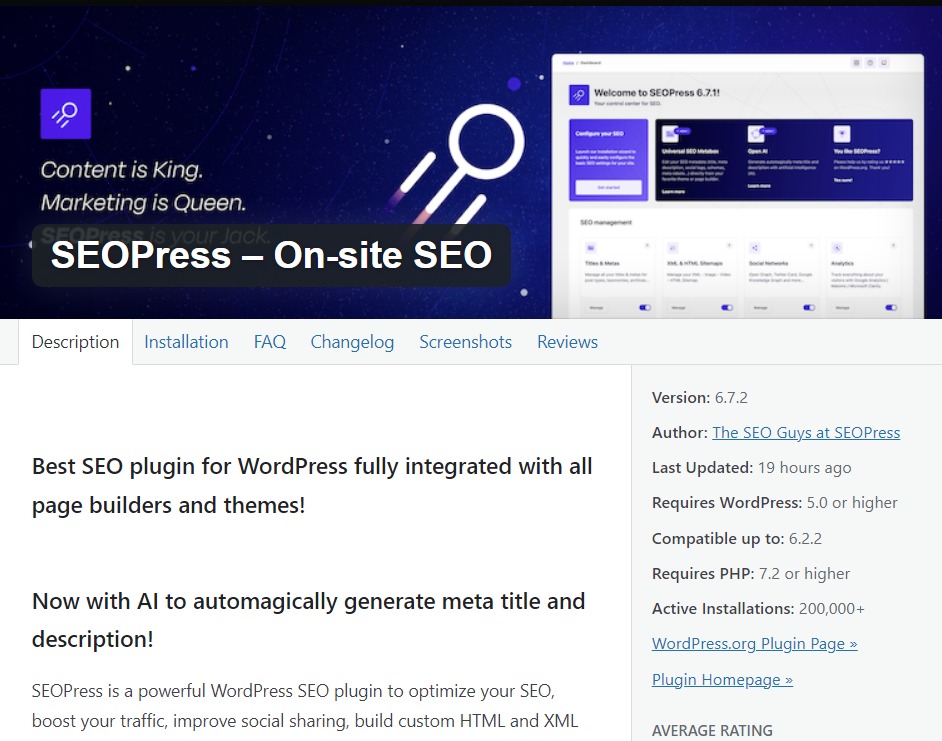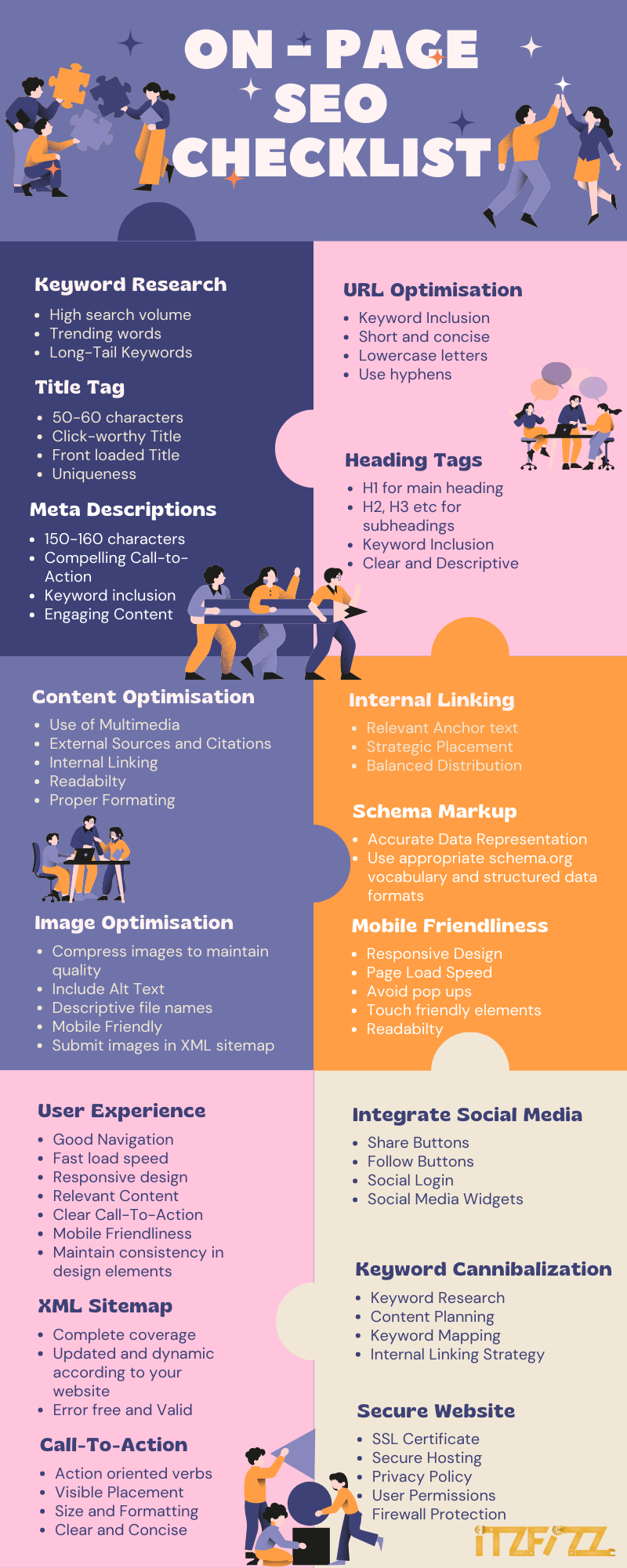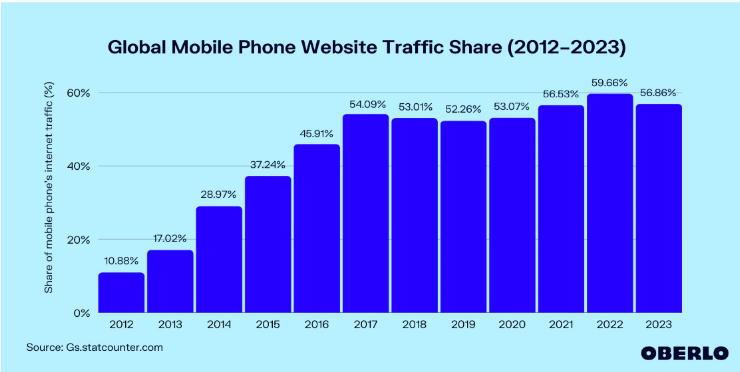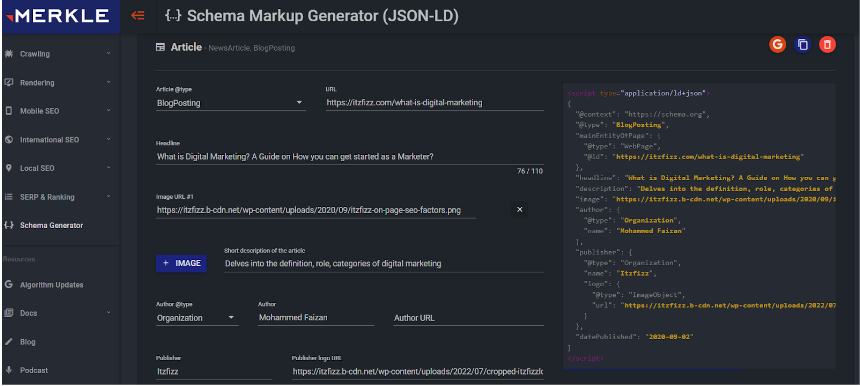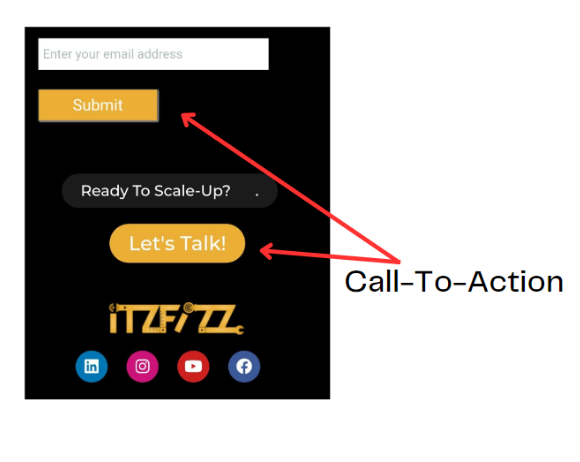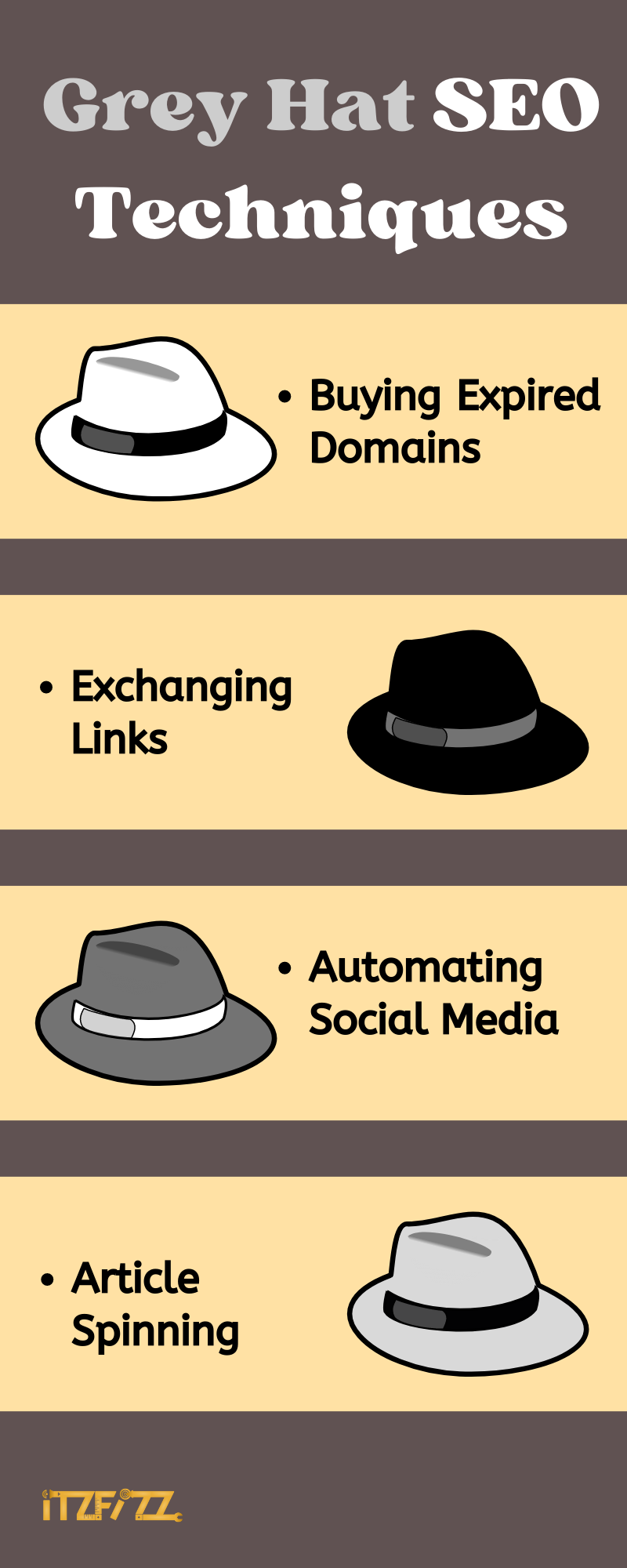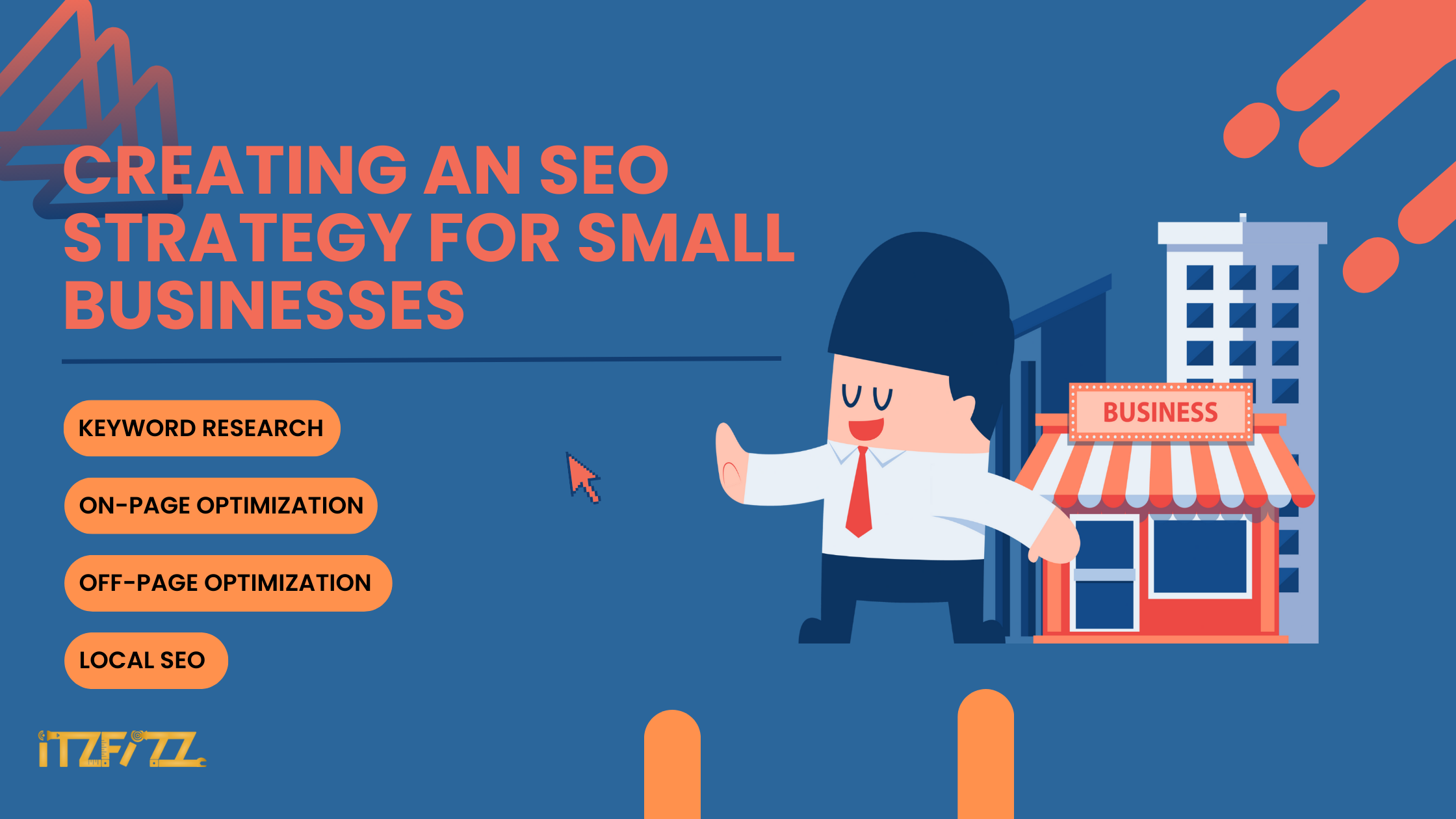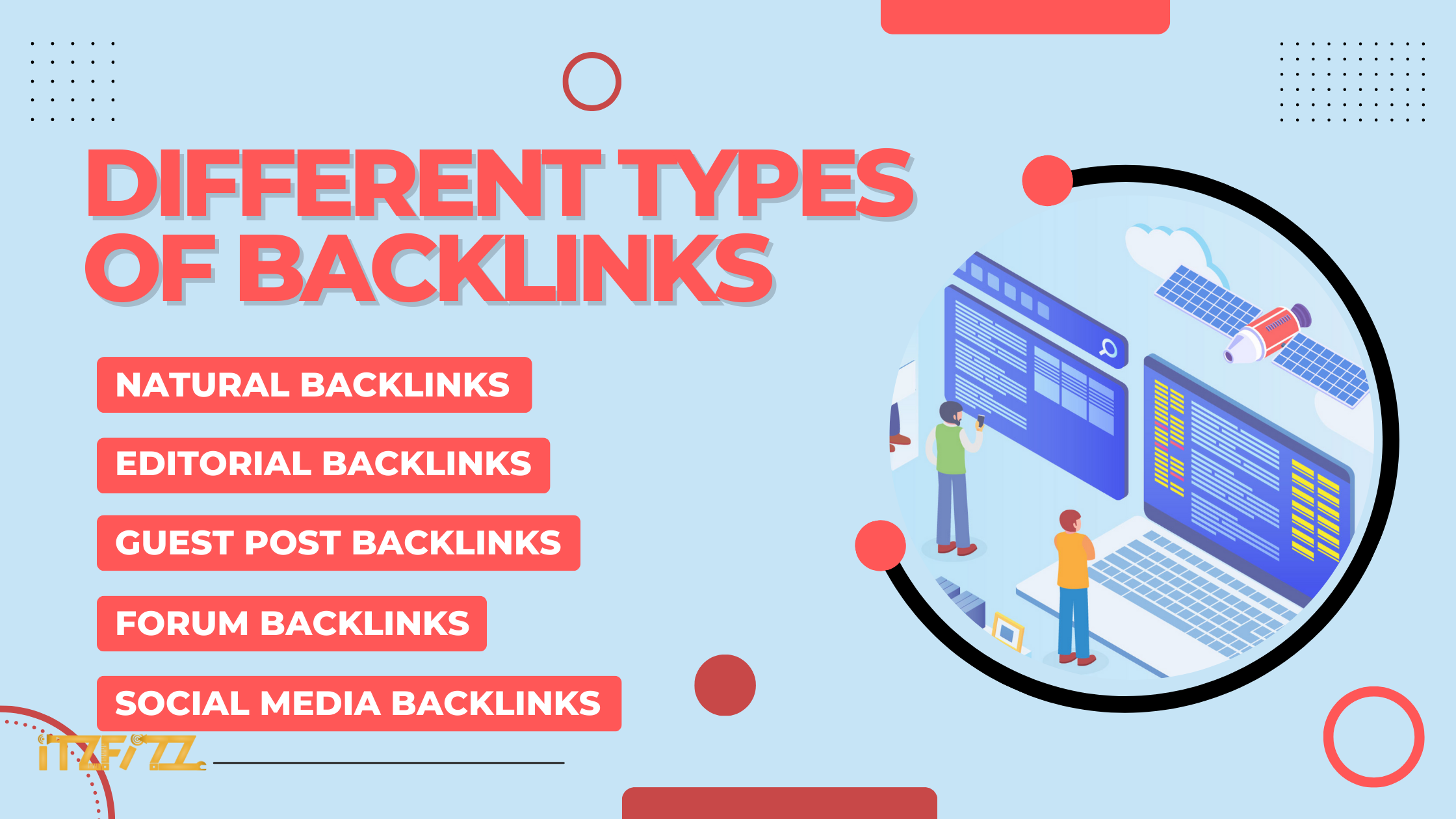Table of Contents:
Isn’t it incredible how far we’ve come in the last few decades? It seems like just yesterday that interacting with robot assistants was the stuff of science fiction. And yet, would you believe it? Now, we simply ask Siri or Alexa for suggestions on where to find the best restaurants, malls, or even salons. Over 4.2 billion voice assistants are in use as of 2023, and this number is estimated to reach a whopping 8.4 billion by 2024 (demandsage).
Web searches aided by virtual assistants are becoming the norm, thanks to the proliferation of smartphones and smart TVs. And, you know what? It’s far more convenient than manually entering a search. This blog will delve into the world of voice search and discuss how you can enhance your website to take advantage of this rising trend.
Get ready to dive headfirst into voice search, the interface of the future that will put a world of information at your command.
What is Voice Search Optimisation?
Voice search optimisation aims to make your website and its content more receptive to voice-based searches. Simply put, this means optimising your site so that it can respond to voice queries as well as text ones.
When individuals use voice search, they often change how they would usually ask their questions.
Consider how you may type a query into a search engine; maybe something like, “best pasta Bangalore.” When searching by speech, though, you are more likely to ask a natural query like, “What are the best pasta places in Bangalore?” Optimisation for voice searches is necessary in this case. Therefore, optimising for voice search entails learning about and satisfying the specific needs of voice search users.
If you optimise your website for voice search, it will be more likely to show up in results when a user asks their virtual assistant a query.
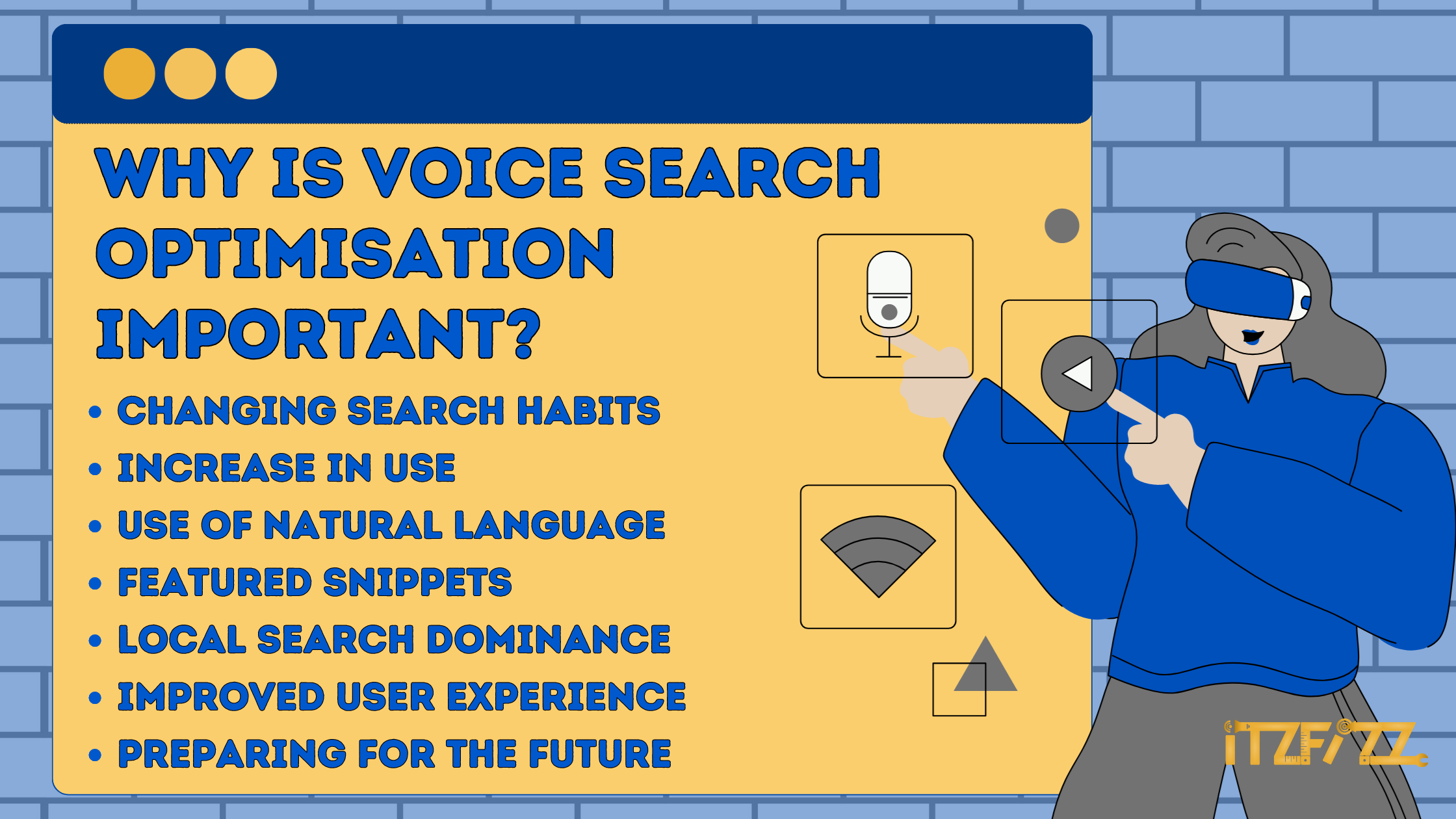
Why is Voice Search Optimisation Important?
Voice Search has become more crucial than ever over the past few decades and here are a few reasons why you should consider optimising your website for voice search:
i) Changing Search Habits: As more and more people use virtual assistants like Siri, Alexa, and Google Assistant, voice search is gradually replacing traditional search as the preferred method of information discovery. It’s easy to use, doesn’t need much effort, and yields instant feedback.
ii) Increase in Use: It’s hardly surprising that voice search is becoming more and more popular as more people use it on their smartphones, smart speakers, and other devices. You may gain an edge over the competition and reach a growing audience by optimising for voice search.
iii) Use of Natural Language: In contrast to typing in a string of keywords, users now utilize voice search to ask inquiries in more natural language. If you want your material to perform well in voice searches, you need to adapt it to the kinds of natural language questions users will ask.
iv) Featured Snippets: Voice search often relies on featured snippets provided by search engines to give accurate and concise information. You can increase your chances of being chosen as the voice search result by optimising your material for a featured snippet.
v) Local Search Dominance: Voice searches are most frequently used to find nearby businesses, including restaurants, shopping, and services. More local customers and foot traffic might be attracted to your store through optimised voice search results on your website.
vi) Improved User Experience: Enhancing the user experience is a primary goal of voice search optimisation. By optimising content for voice searches, it becomes simpler for customers to get the information they need, which boosts satisfaction and engagement.
vii) Preparing for the Future: Voice searches will only increase in popularity as technology advances. You can ensure that your website will be useful in the future by investing in voice search optimisation today.
Voice Search Vs Text Search
Basis | Voice Search | Text Search |
Interaction | Speak their queries aloud to a virtual assistant | Type their queries into a keyboard |
Query Structure | Longer and more conversational | Short and concise, consisting of few words or phrases |
User Intent | Those who rely on voice search tend to approach it in a more conversational and explanatory manner, looking for both quick and in-depth solutions to their problems. | People who conduct text searches are looking for answers to specific questions. |
Search Results Presentation | The results of a voice search typically consist of either a single-voiced answer or a short clip | Displays a long list of search results to choose from |
Local Search Emphasis | Voice Search is normally used for local queries | Text search is also used for local queries but does not place the same emphasis as voice search |
Convenience | Offers handsfree experience; enables multitasking | Requires physical interaction with the device |
Contextual Understanding | Uses natural language processing and contextual understanding to effectively comprehend user inquiries. | Asks consumers to hone their searches or select particular terms to get the desired results. |
How is Voice Search Used In Various Devices?
Voice search is already a common feature on a variety of gadgets, completely changing how we engage with technology. Here is how it is used across several gadgets:
i) Smartphones: Almost all modern smartphones have speech assistants like Siri or Google Assistant (for iOS and Android, respectively). Users can ask for directions, suggestions, or responses to their questions by simply speaking to their phones.
ii) Smart Speakers: Electronics like the Amazon Echo, Alexa, Google Assistant, or Apple HomePod offer virtual assistants that can be voice-activated. By speaking to these smart speakers, users can play music, ask questions, manage smart home appliances, and more.
iii) Wearable Devices: Smartwatches and other wearable gadgets frequently have voice search features. When their hands are full or they’re on the go, voice commands make it easier for users to ask queries, set reminders, or complete fast activities.
iv) Smart TVs and Streaming gadgets: A lot of smart TVs and gadgets also include voice search capabilities. Instead of painstakingly navigating through menus, users can use their voice to browse and play content, change settings, or search for particular TV episodes or movies.
v) Car Infotainment Systems: Voice search is becoming more and more common in automobile infotainment systems. Voice commands can be used by drivers to play music, acquire directions, make hands-free phone calls, and operate different systems of their cars. By requiring less manual input into the car’s interface, it encourages safer driving.
vi) Virtual Assistants on Computers: Computer-based virtual assistants are also accessible on desktop and laptop computers. Examples include Siri, Cortana, and Google Assistant. Without having to type, users can engage these assistants and ask inquiries, run searches, create reminders, or manage their schedules.
How to Optimise for Voice Search
Your website can become more visible and accessible to a huge new audience by being voice search optimised. So let’s get started and look at some useful advice for voice search optimisation for your website.
1) Understand User Intent
To begin, recognise the user’s intention when making voice searches. When utilising voice search, people frequently pose conversational inquiries. Determine the frequent queries and expressions that customers are likely to ask their virtual assistants about your company or sector.
2) Natural language and long-tail keywords
Include long-tail keywords and phrases in your website content. These are more in line with how voice search is used by users to ask questions. Think about the precise questions that your content can answer, and then seamlessly include those answers in your website.
3) Structured Data Markup
Using structured data markup on your website is a good idea. This enables search engines to offer pertinent information as featured snippets in voice search results and helps in their understanding of your material. Structured data can include information about a company’s address, phone number, products, frequently asked questions, and more.
You can also make use of Speakable Schema to optimise for voice search. Speakable Schema or Speakable Structured Data is a markup language that gives search engines precise hints about web content that can be read aloud by text-to-speech software.
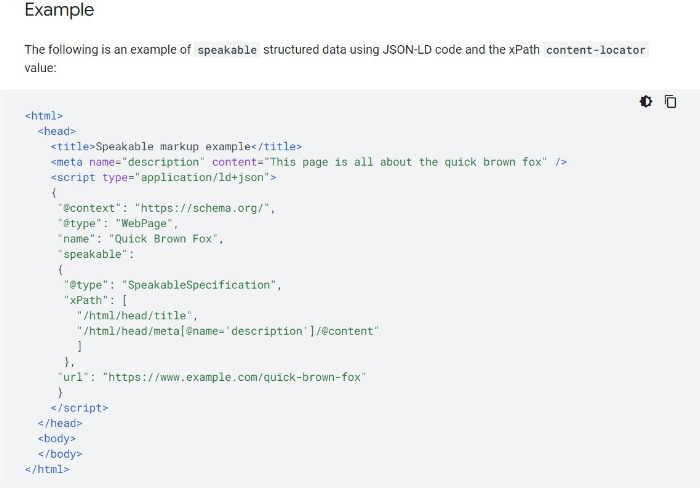
4) Optimising the FAQ page
Make a FAQ (Frequently Asked Questions) page that answers frequently asked questions about your company. Construct the queries and responses in a conversational style, as this is how voice search users typically ask questions. By giving succinct and straightforward responses, you can improve the page for featured snippets.
5) Page Speed and Mobile Optimisation
Ensure that your website loads quickly and is optimised for mobile devices. Voice searches are frequently done on mobile devices, therefore enhancing page performance and mobile optimisation is essential for a satisfying user experience.
How to make a mobile-friendly website?
Responsive design: Implement a responsive web design, which automatically modifies the website’s style and content to accommodate various screen sizes and resolutions.
Mobile-Friendly Layout: Optimise your website’s layout for viewing on mobile devices. Use a simple, uncluttered layout with lots of white space, readable fonts, and buttons and links that are the right size. Make sure the most crucial information is prominently visible and simple to reach on smaller devices.
Focus on Page Speed: Mobile users have shorter attention spans and need websites that load quickly. Reduce the size of your website’s files, use browser caching, and improve the quality of your photos to improve performance. Page loading time can be considerably increased by using content delivery networks (CDNs), compressing files, and removing unused scripts.
Intuitive Navigation: Make it easier for mobile users to navigate your website. Use a simple, accessible menu to make it simple for users to explore your website.
Touch-Friendly Elements: To prevent inadvertent tapping, make sure that buttons, links, and form fields are big enough to be touched with a finger. Avoid placing components too closely together. To improve the mobile user experience, use input fields with the proper auto-correct and auto-fill functionalities.
Optimise Forms: If your website has forms, make sure they are mobile-friendly. Use input fields with the proper input types (such as email or phone number) and, when necessary, enable the auto-capitalization and auto-correction options. Reduce user effort by making the form simpler by only requesting the necessary data.
6) Local SEO
If your company has a physical location, concentrate on local SEO optimisation. Location-specific questions or expressions like “near me” are regularly used in voice searches. Provide accurate location information, claim your business listings on Google My Business and other directories, and optimise your website with pertinent local keywords.
7) Voice-Search Friendly Content
Make sure the content is scannable, use clear headers and subheadings, and divide it into shorter paragraphs. Concise and well-organised content typically performs well in voice search results.
8) Optimise for Featured Snippets
Aim to show up as a featured snippet in search results by optimising for them. Virtual assistants frequently read these excerpts aloud in response to voice requests. Create a question-and-answer framework for your material, and then offer brief, to-the-point responses that can be used as snippets.
How to Optimise for Featured Snippets?
Here are some tips for getting your content highlighted in voice search results:
Identify Featured Snippet Opportunities: Conduct keyword research and try searching for “how to” questions, and “what is” questions. You can also learn a lot about potential featured snippet placements with the help of Google Search Console, SEMrush, or Moz.
Create high-quality content: Write in-depth pieces that respond to readers’ questions in a clear and concise manner.
Implement Structured Data Markup: Marking your material with structured data will add context and help search engines better interpret your writing. With the help of Schema.org markup, important definitions, steps, product details, or commonly asked questions can all be highlighted.
Optimise for Featured Snippet Formats: Learn how to adapt your writing to the many featured snippet types, such as paragraphs, lists, tables, and charts. Make sure your material is structured correctly for various mediums.
Focus on High-Volume Queries: Optimise first for popular queries that are likely to result in featured snippets.
Use Header Tags and Subheadings: Header tags (H1, H2, H3, etc.) and subheadings can help you organise your text and draw the reader’s attention to the most important points.
9) User Experience
Websites must be made to be simple to use and conversation-friendly because voice search relies heavily on natural language processing. Make a website that is simple to navigate, has clear calls to action, and offers a seamless user experience.
10) Voice Search Testing
The effectiveness of voice searches on your website should be tested on a regular basis, and relevant analytics data should be analysed. Keep an eye on the voice search queries that bring people to your site and tweak things as needed.
Conclusion
In conclusion, optimizing your website for voice search is a must in today’s digital market. Voice search has altered the way consumers engage with search engines, transitioning from standard typed inquiries to conversational voice commands.
By utilising voice search optimisation tactics, you may boost your website’s exposure, generate more organic traffic, and remain ahead of the competition.
Remember that optimising for voice search is a continuous activity. Follow the most recent developments in voice search, keep an eye on analytics, and change your strategy as needed. You can build a strong online presence, communicate with your target market, and promote lasting engagement by consistently enhancing your website’s voice search.
To satisfy the needs of this expanding user population, optimise your website and embrace the conversational power of voice search. By doing this, you’ll set up your website for success in the voice-driven era and open up fresh possibilities for development and visibility online.




